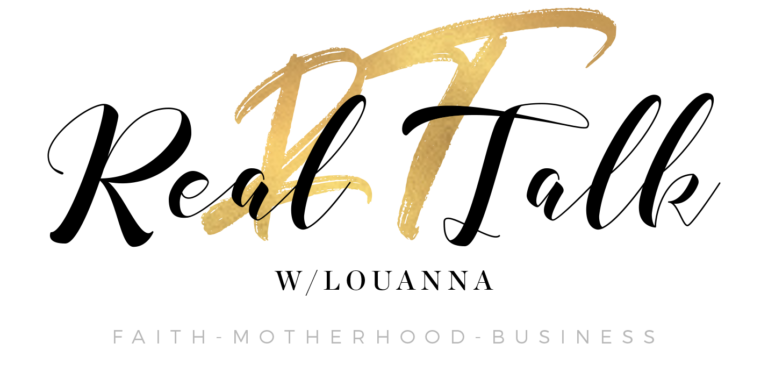Breast is best, but natural doesn’t always mean instinctive. Some common breastfeeding problems can make nursing difficult, but dealing with them means smooth sailing.
The good news for mothers who plan to breastfeed, according to the World Health Organization, is that with the right information and support, the vast majority of women can breastfeed successfully. It’s not always a smooth ride, however, so mothers need to know about potential problems and what to do about them.
Sore Nipples
Perhaps the most common problem experienced by breastfeeding mothers is sore nipples. Some discomfort in the first two weeks is normal while mom and baby adjust. Discomfort is one thing, though, and toe-curling pain is another and suggests the need to consider a few possibilities:
1. Poor latch. Mothers should check that their baby has latched onto at least an inch of the areola (the darker circle around the nipple) all around, and is not just sucking on the nipple. Mom can review her latching-on techniques to improve the latch.
2. Positioning. The Baby’s body should be held close, either tummy-to-tummy or tummy to side (in the football hold). More distance means the baby could be pulling on the breast, even if the latch is perfect.
3. Thrush. One of the more common breastfeeding problems, an often painful candidiasis (yeast) infection of the nipples or baby’s mouth. One possible symptom is if nipples or breasts hurt or burn between feeds and not just when the baby is latched on. Treatments range from eating more plain yogurt to using gentian violet (a natural plant-based anti-fungal) to using a prescription called Fluconazole (used only in very persistent cases).
Cracked or Bleeding Nipples
Sore nipples may crack or even bleed. The above causes (and cures) still apply. Mothers can also try moisturizing to relieve cracking. The best moisturizer for breastfeeding is 100% lanolin cream (any brand). Lanolin is a safe and effective moisturizer for breastfeeding and has no hidden or toxic ingredients. Breastfeeding mothers should avoid commercial moisturizers, even ones billed for “sensitive” skin, as these have not necessarily been safety-tested for breastfed babies.
Tip: Lanolin cream is thick and sticky. Warming up the tube in a cup of hot water makes it easier to apply.
Engorgement
Many breastfeeding mothers experience early engorgement as their milk comes in, as do mothers who go a long time without feeding. This can be very uncomfortable as breasts may be hard and hot while milk supply stabilizes, or until the baby-nurses. Baby may even have difficulty latching on if breasts are too engorged. Some strategies for relieving these symptoms are:
- Nursing often to keep breasts drained.
- Pumping or manually expressing a little before feeding to allow latch-on
- Applying cold packs to ease discomfort
- Cabbage leaves, bruised and placed inside the bra, may also be effective.
Mothers who experience engorgement while weaning should not try to drain breasts, as this will stimulate continued milk supply. Instead, weaning moms should try the cold packs, tight bras, and t-shirts, expressing small amounts just for relief, and take acetaminophen or ibuprofen for the pain.
Blocked Ducts and Mastitis
A blocked duct is when a milk duct, or the tissue around it, gets inflamed and prevents milk from passing through as easily. It shows up as a tender or sore area in the breast that may even feel like a lump. Most blockages clear up on their own within a day or two. Here are some things that may help to heal:
- Applying a heating pad to the breast.
- Bathing the breast in very warm water (in the bath or in a bowl).
- Massaging the breast around the sore area.
- Nursing more often on the inflamed side.
- Starting with baby’s nose or chin towards the inflamed area.
- Nursing until breast is completely emptied.
- Getting more rest.
Mastitis is a blocked duct that doesn’t clear up on its own and gets infected. The symptoms are the same as for blocked ducts but can come with chills or a fever. These last two are signs of infection that may require antibiotics, and mothers who experience them should see their doctor right away.
Low Milk Supply
Many mothers who breastfeed on cue produce exactly as much milk as their baby needs, despite their worries, but not always. Here are some signs that a baby might not be getting enough milk:
- Slow weight gain
- Fewer than 4 wet diapers per day and irregular bowel movements
- Baby seems hungry, even right after nursing.
- Increased fussiness or crying
If a baby shows these signs, mom’s milk supply may need a boost. To that end, moms can:
- Feed more often: Supply is linked to demand;
- Improve their nutrition;
- Reduce stress;
- Get more sleep; and
- Drink more water.
Some drugs and herbs may also increase milk supply, but mothers should discuss these possibilities with their doctors before taking anything. It is important to remember that herbal drugs are still drugs and everything mom takes, the baby takes, albeit in much smaller doses, through breastmilk.
Breastfeeding is intensely rewarding of feeding an infant but comes with intense challenges as well. It is completely normal for mothers to experience some or all of these common breastfeeding problems – sore, cracked or bleeding nipples, breast engorgement, blocked ducts and mastitis, and low milk supply – at some stage, but with determination and information, most mothers can overcome these challenges and be on the way to successful breastfeeding.
